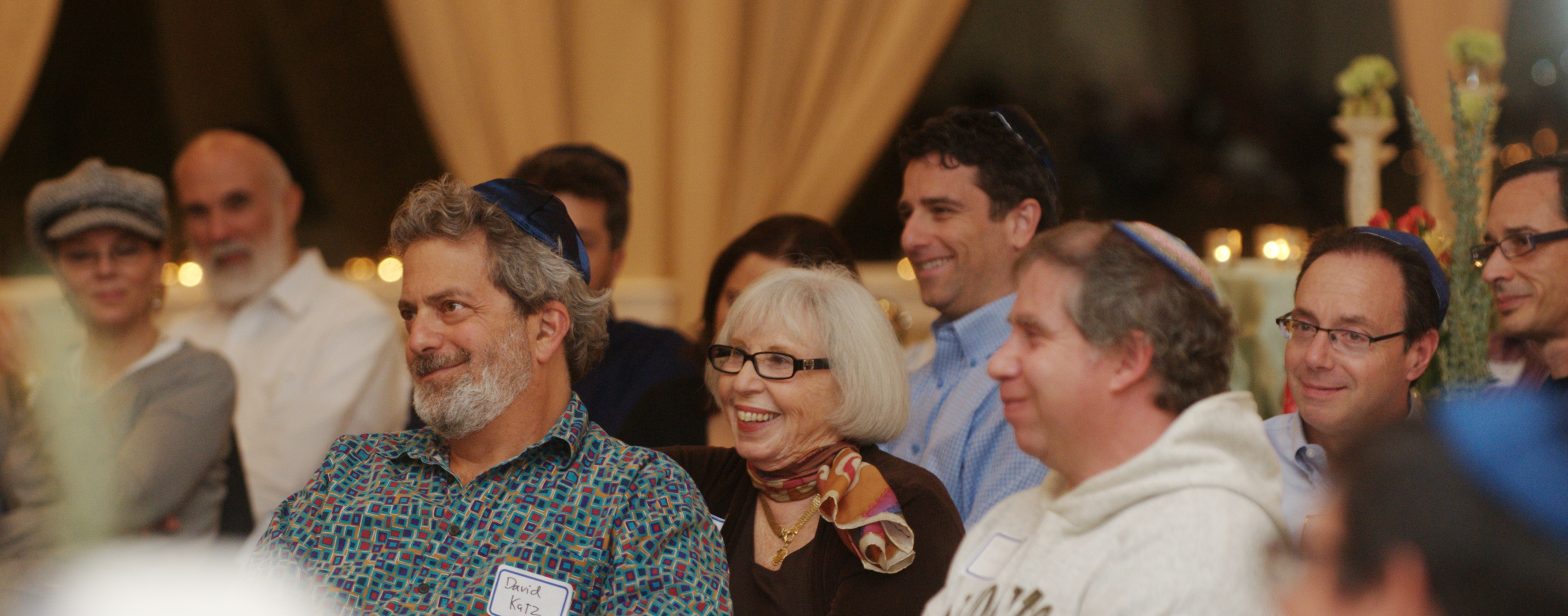

Where Is Chabad Intown Located? And Where Do I Park?
Chabad Intown on the Beltline is located at 730 Ponce de Leon Place NE Suite B.
















Chabad Intown on the Beltline Parking: The building on the Beltline has 67 parking spots. At certain times parking spots are reserved for other tenants. This will be identified with signage at those parking spots.
When larger events take place and the lot is full, parking is available off street on the adjacent streets. Additionally, you can park in the Ponce City Market parking lot, parking as close to the Beltline as possible. At that point you can walk up the stairs onto the Beltline and across the Ponce de Leon Bridge. Our building will be the third building on the right.
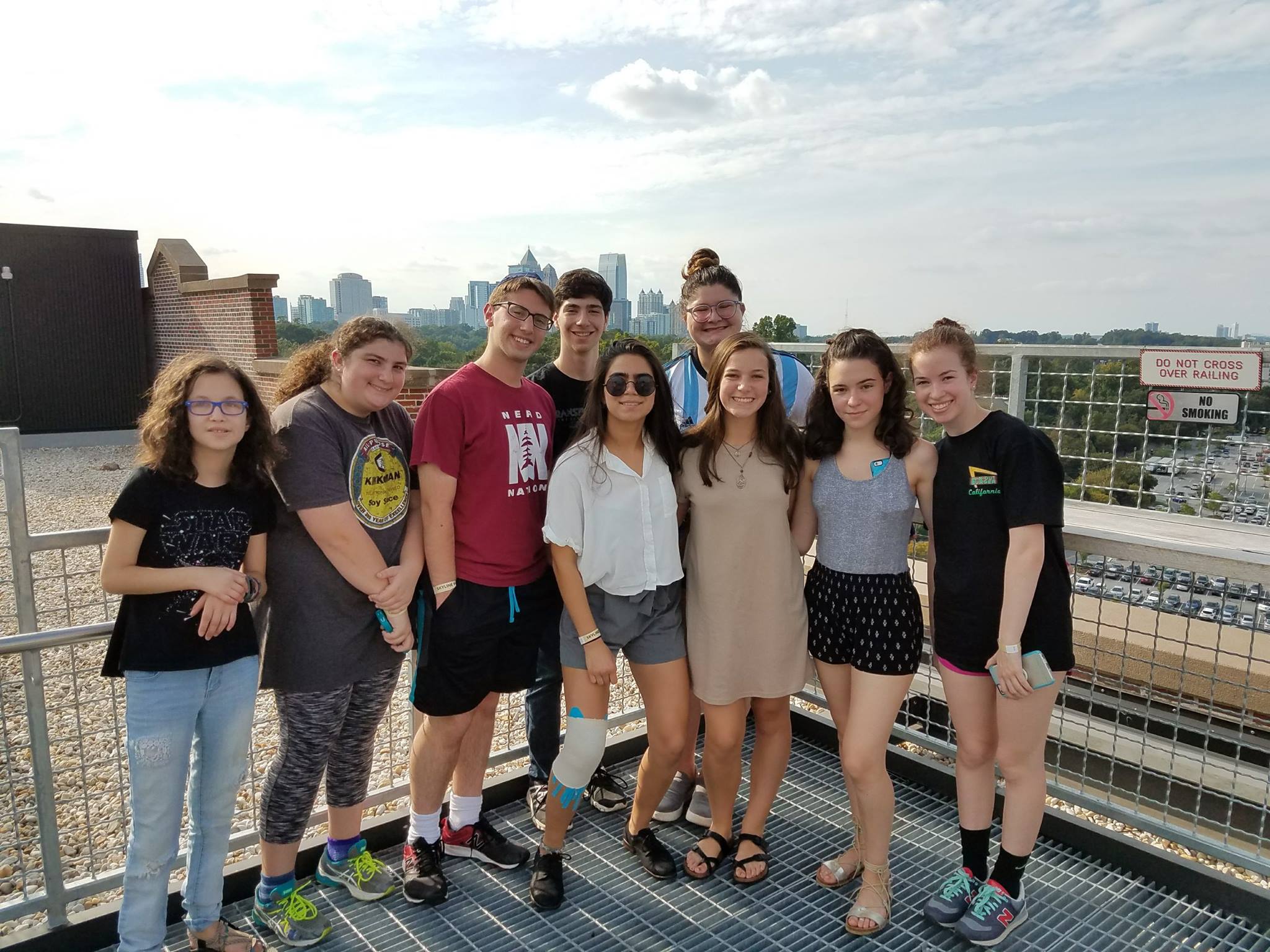

Is There A Dress Code At Chabad Intown? What’s Appropriate Dress?
















There is no formal dress code, but we ask that participants dress in keeping with the sanctity of a synagogue. On weekdays, most people will come to Chabad wearing their workday clothes. Shabbat and holiday attire is a little more formal.


What Is Chabad-Lubavitch?
















Chabad-Lubavitch is a major movement within mainstream Jewish tradition with its roots in the Chassidic movement of the 18th century. In Czarist and Communist Russia, the leaders of Chabad led the struggle for the survival of Torah Judaism, often facing imprisonment and relentless persecution for their activities. After the Holocaust, under the direction of Rabbi Yosef Yitzchaak Schneerson and his successor, Rabbi Menachem M. Schneerson, of righteous memory, Chabad became a worldwide movement, caring for the spiritual and material needs of all Jews, wherever they could be found.
Today, over 3,000 Chabad centers are located in more than 65 countries, with a new center opening on the average every ten days. In South Africa, South America, Russia, Australia, the UK, and many parts of the USA, Chabad has become the most dynamic and dominant force within the Jewish community.
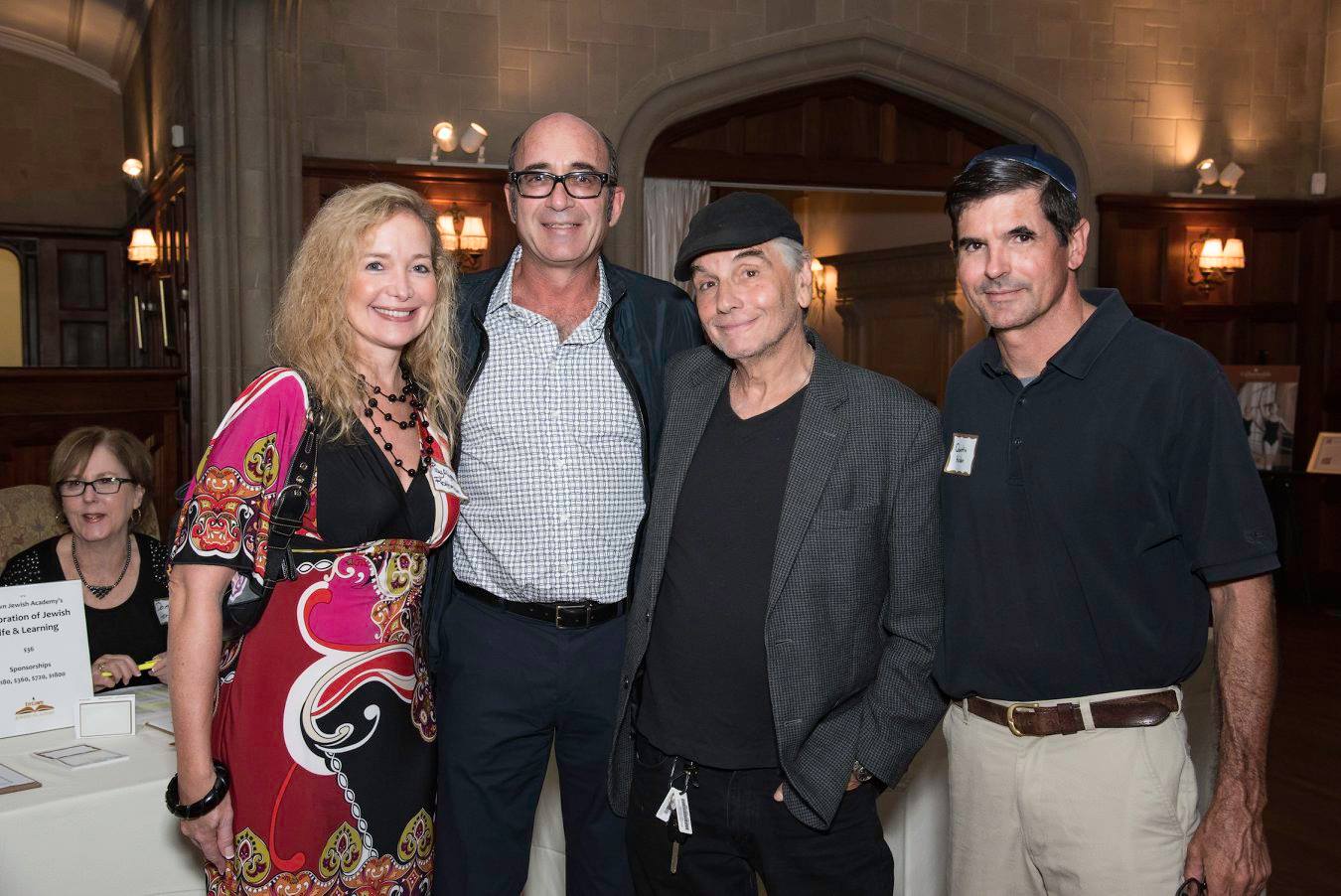

What Is A Chabad House?
















Chabad is influenced by the teaching of the Baal Shem Tov, a great Jew of 18th-century Eastern Europe who loved his people with an immeasurable passion. The calamities of his time had created a situation in which there were many simple Jews who had no learning and little knowledge, alongside great scholars who looked askance at the ignorance of these commoners. The Baal Shem Tov taught us to look deeper, beyond the knowledge of a person, beyond his outward behavior, into the depths of his heart, to find there the divine spark and reveal it with unconditional love.
Today things are different and the same. There are not as many simple Jews, but there are plenty of very complicated ones. Our Torah scholars cannot be compared to the scholars of those times, but the chasm remains, this fissure that sometimes lies between the Jews that rest on Shabbat and those who do not yet know its beauty, between those that cherish the wisdom of Torah and those who are looking elsewhere instead.
The approach of Chabad today mirrors that of the Baal Shem Tov in his time: Look past the outward person and trust in the soul deep inside. You may disapprove of everything he does, and his outlook on life may be the opposite of everything you believe. Don’t argue with him. Instead, be one with him. Unconditionally. You enjoy Shabbat–enjoy it with him. You find solace and counsel in the wisdom of Torah–talk to your holy brothers and sisters about that wisdom in their own language, on their own terms. And if he or she does not change one iota, that is irrelevant. You have done your job of love. Two Jews became one and that is all that matters.
A Chabad House, then, is a center established to facilitate all of the above. A Chabad House will generally host classes, lectures, and workshops on Jewish topics; religious services; Shabbat meals; and special events as needed in that community. Counseling services, the Friendship Circle for physically or mentally challenged children, and other volunteer services are common. Most often a Chabad House does not charge membership–if you are Jewish, you are a member. There are exceptions, according to the local situation.
The Jewish People, the Zohar tells, is the heart of all the nations. When there is love and oneness among us, peace and harmony enter the entire world. When our light is pure and focused, the darkness in their hearts is pushed away as well. And so this is the mandate of Chabad: To create light for the sake of light, just by doing good for the sake of doing good, until all the world is filled with the serene light of G-dly wisdom “as the waters cover the ocean floor.”


What Is Chassidism?
















Just as a person is made up of both body and soul, so too the Torah we learn comprises both elements. There are the dos and the don’ts and the historical facts. And then there’s the “inner Torah,” a system of teachings passed down through the generations that penetrates to the core of reality, discussing the act of Creation, the soul, and how the soul can reconnect itself and its world back to its source.
People today are not satisfied with the do’s and don’ts and historical facts. We need a deeper, often mystical understanding. Chabad is unique in that its teachers are trained from youth in the authentic texts of the inner Torah, also known as the Kabbalah and Chassidut.
Chabad thought builds on the wisdom of the great Jewish thinkers and is very much a part of classic Jewish thought. Rabbi Schneur Zalman of Liadi, founder of Chabad, was a deep thinker and intellectual, fascinated with all aspects of knowledge. He was a prime student and disciple of Rabbi Dov Ber of Mezritch, known as “the Magid of Mezritch,” heir to the Baal Shem Tov. He created a synthesis of Jewish rationalism and esoteric thought using the rich metaphor of the human psyche. His successors and their students continued in the same path, expanding Chabad to a broad and lively school of thought and debate. Chabad philosophy has influenced the thought of many great leaders and movements outside of Chabad as well.
When you leave a typical Chabad class, you don’t go away with just knowledge, you go away with a whole new way of knowing, a new pair of eyes. That’s one of the main reasons for Chabad’s popularity—Chabad teachers are able to provide meaningful answers to critical questions, because Chabad is all about how you use your mind.
The Baal Shem Tov taught, “G-d wants the heart.” Chabad teaches that you can reach the heart through the mind—through questioning, through meditation and deep contemplation, and through reframing your concept of the world.
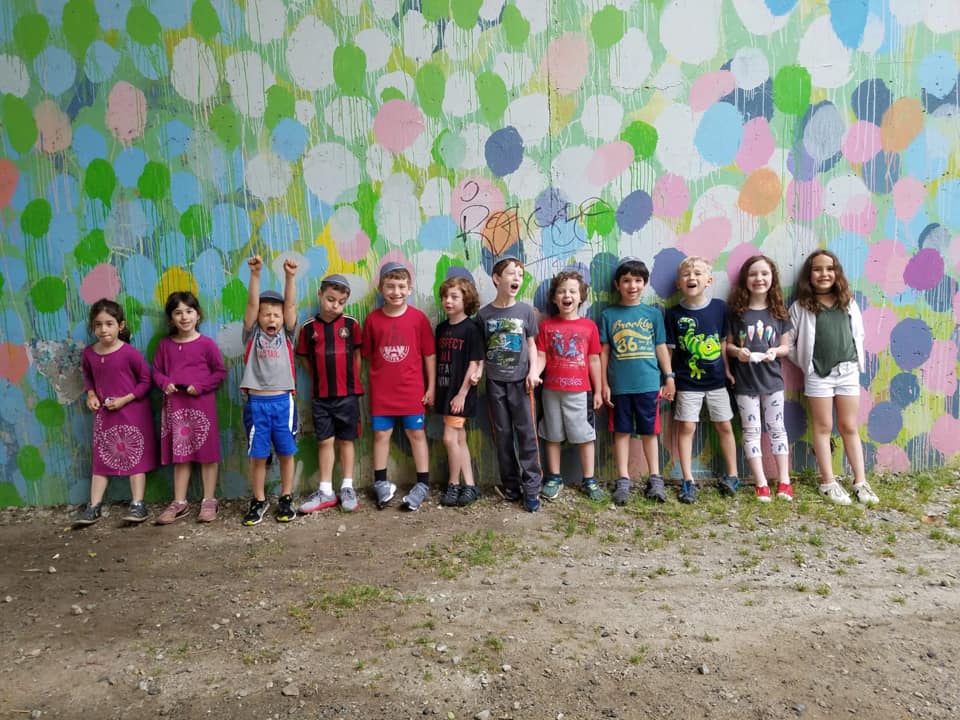

Is Chabad “Ultra-Orthodox?”
















Chabad is referred to as an “Orthodox” Jewish movement because it adheres to Jewish practice and observance within the guidelines of Talmudic law and its codifiers. The prefix “ultra” is commonly used by media broadcasters, but it has no practical meaning.
It is used to marginalize a group or to portray them as extremists battling with extremists of other religions.
Mother Theresa was never called “ultra-Catholic.” Albert Schweitzer was never “ultra-Calvinist.” Doctors Without Borders are not ultra-militant New-Agers. When a Chabad couple travel to a community, they are not interested in converts, in battles, or in brainwashing youth. They are only interested in sharing their Shabbat tables and the heritage that belongs to every Jew. A Chabad House is a “Jewish Center” and a Chabad rabbi is a rabbi, period.
If you hear Chabad described in the media as “ultra-Orthodox,” pick up the phone or fire off an email and complain. Tell them Chabad is a Jewish movement, without any labels, and they should describe it as such.
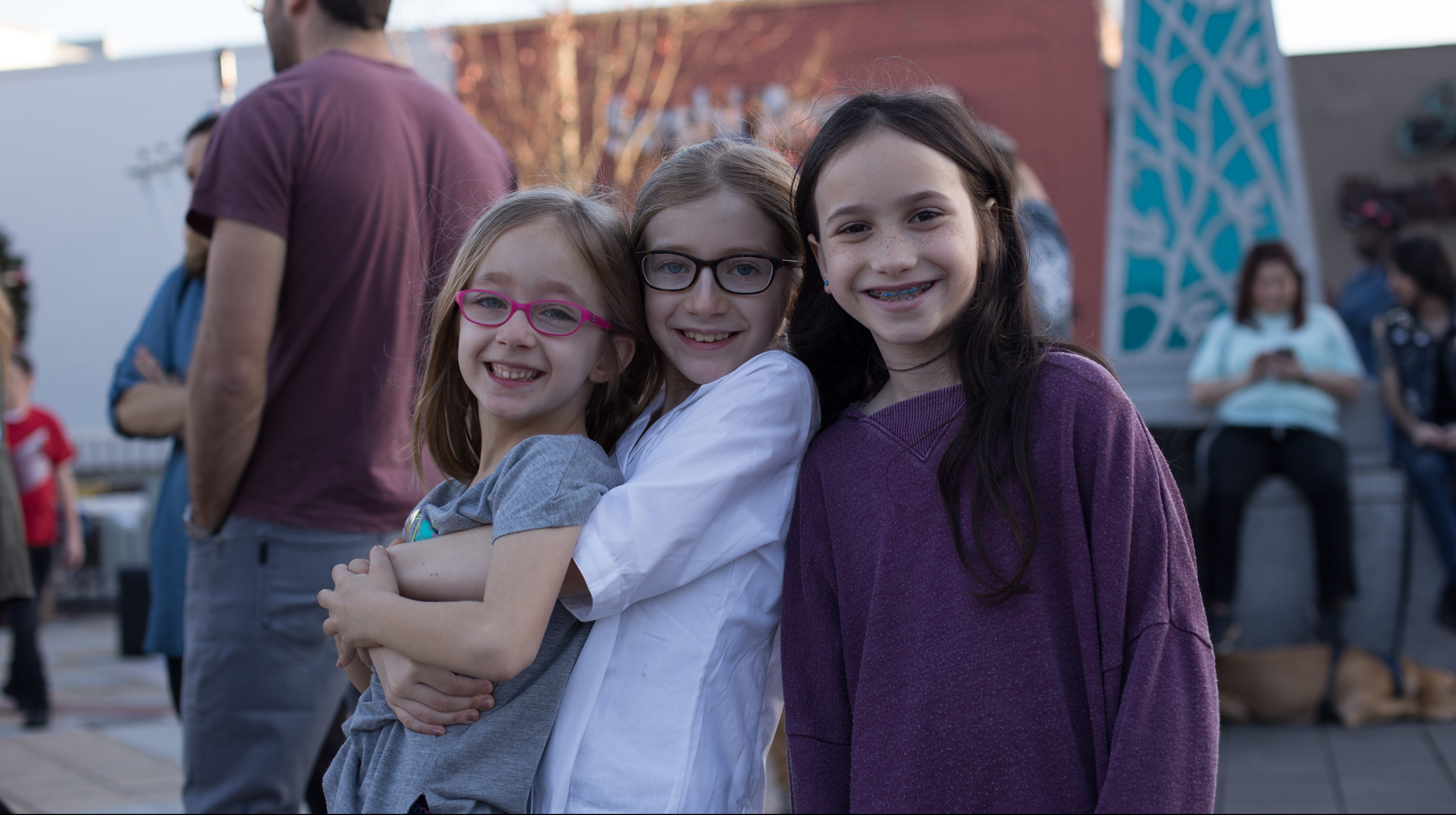

Do I Need To Be Orthodox?
















Chabad is inclusive and non-judgmental, and our programs are open to all Jews. In fact, the majority of people who participate in our programs are not Orthodox. The teachings of Chabad are imbued with the renowned Chassidic spirit and joy, but in no way is the commitment to an Orthodox or Ultra-Orthodox lifestyle a prerequisite to one’s acceptance at Chabad functions.


Is Chabad’s Goal To Make Me Orthodox?
















Chabad is not out to make you Orthodox. Chabad is an educational organization dedicated to helping every Jew, regardless of background, affiliation, or personal level of observance, to increase their level of Jewish knowledge, enthusiasm, and commitment. Chabad invites you to explore the complex areas of Jewish religion, tradition, and practice in an open-minded and non-judgmental atmosphere.
All of Chabad’s classes, programs, and services are designed to heighten the awareness and lend valuable insight into one’s heritage, traditions, religious practice, laws and rituals. Each individual is invited to participate, study, and learn. Each individual makes his or her own respective religious lifestyle decisions at his or her own pace.
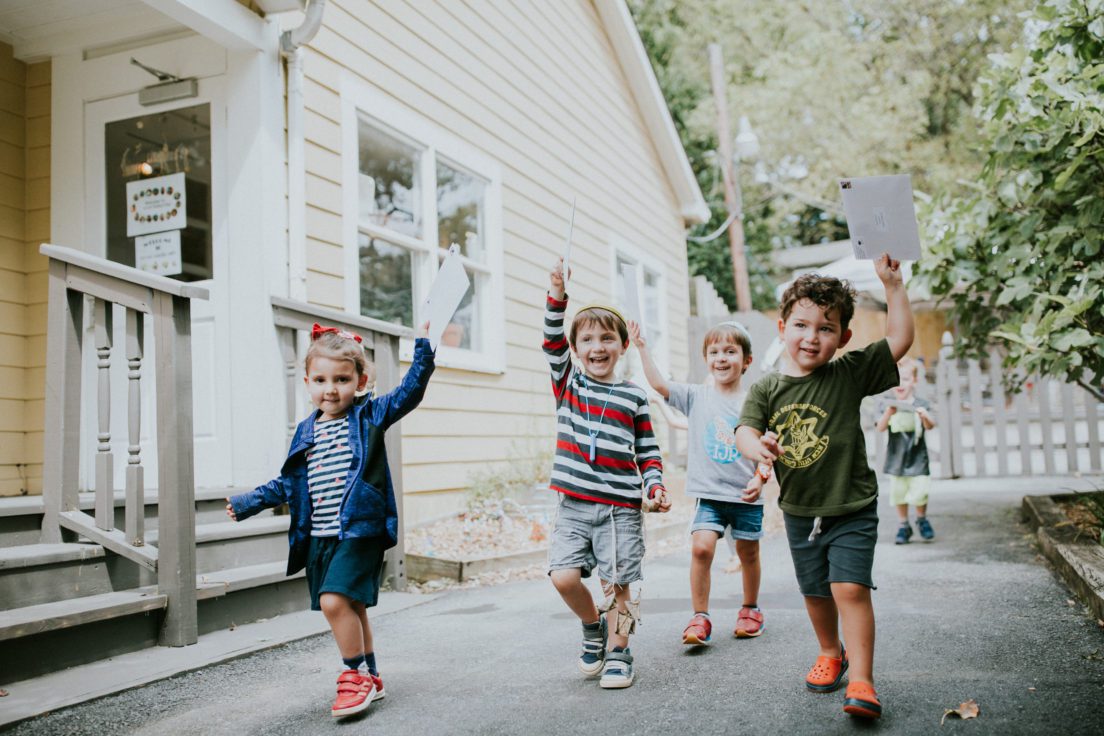

Does Chabad Consider Reform, Conservative, Or Non-Practicing Jews As “Real” Jews?
















Chabad avoids labeling other Jews, since it tends to divide and create barriers between us.
Jewish Law has traditionally considered anyone born of a Jewish mother or converted in accordance with Halacha to be a Jew, regardless of his or her degree of observance. The Lubavitcher Rebbe delivered a stinging rebuke to Orthodox elements in the USA and Israel for publicly belittling non-Orthodox Jews.
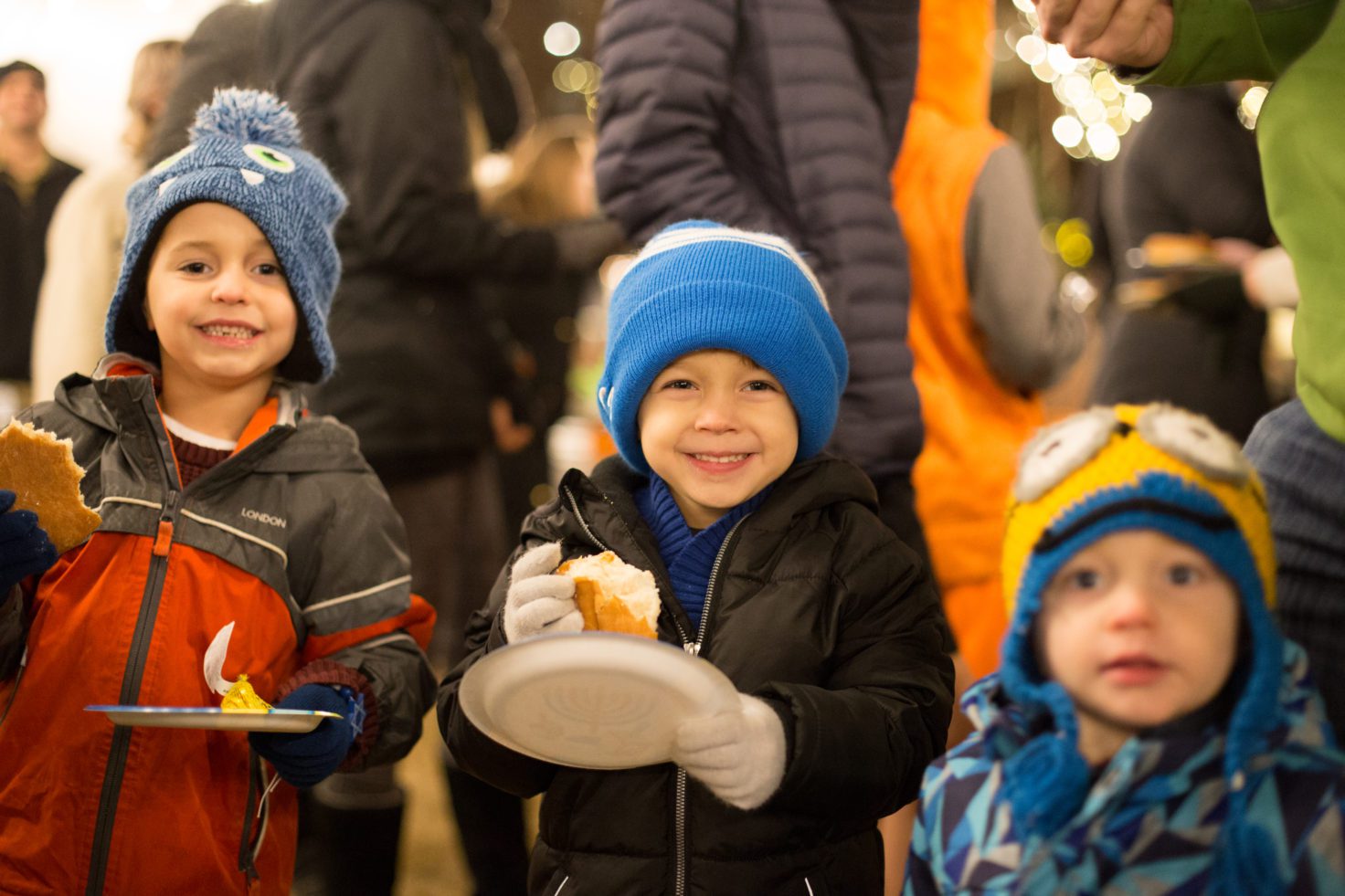

Does Chabad Accept Converts?
















Chabad follows traditional Jewish Law which states that any non-Jew who feels sincerely convinced of the beauty and relevance of Torah, who is prepared to follow the traditions of Israel, and therefore, wishes to join the community of Israel, is welcomed as a convert.
The conversion process requires immersion in a kosher mikvah, circumcision for men, and acceptance of the disciplines and practices of Judaism — all under authorized rabbinic supervision.


Does Chabad Support The State Of Israel?
















Chabad, and the Lubavitcher Rebbe in particular, strongly support Israel and is deeply involved in defending its value and right to exist. Many Chabadnicks serve in the IDF and others contribute practical and spiritual support to the troops. Chabad has over 150 centers in Israel, as well as dozens of educational facilities around the country. Lubavitch trained Rabbis often complete their training in Israeli yeshivot.
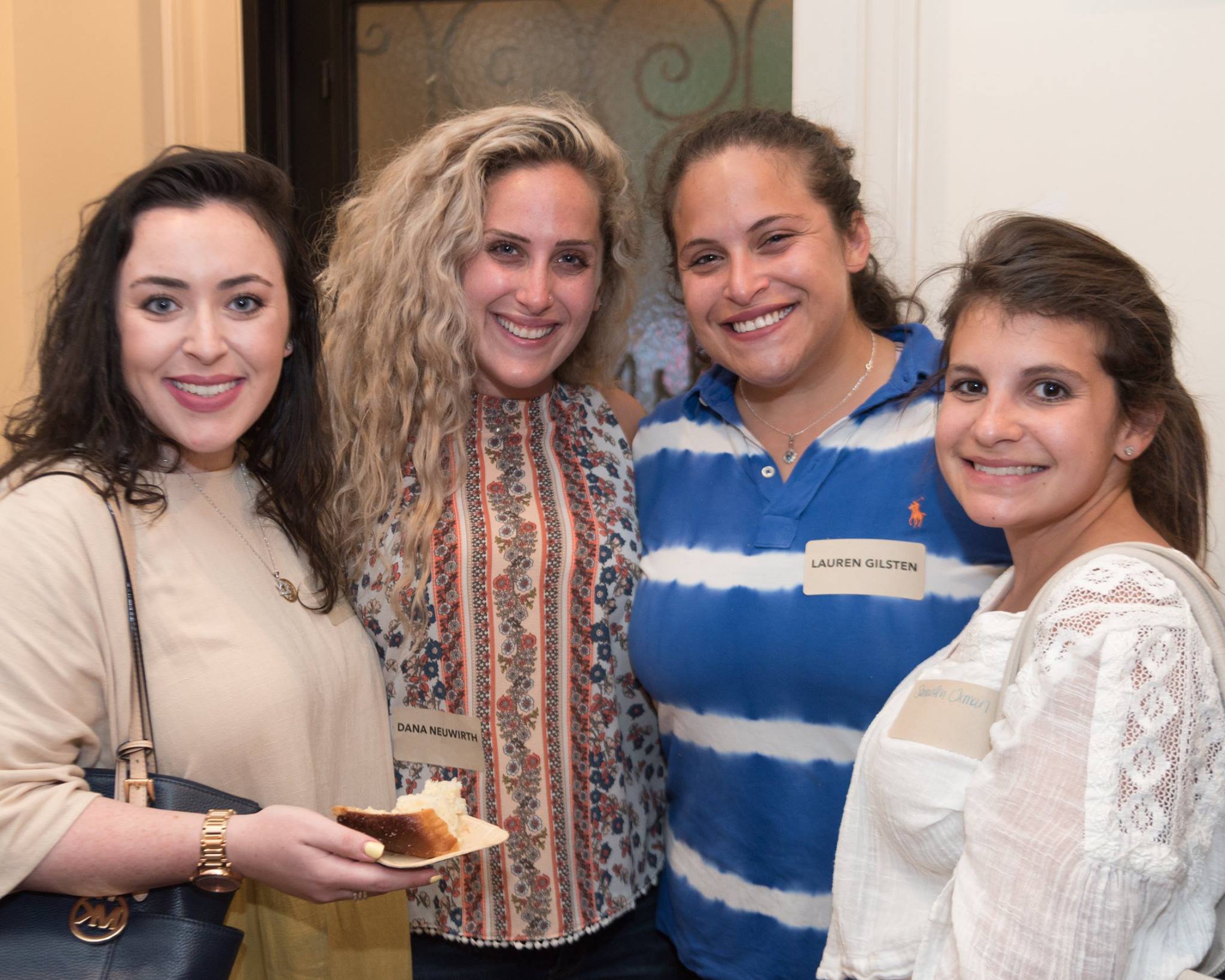

Do Women Occupy A Secondary Position In Chabad Philosophy?
















Different, yes. Secondary? No! The high standing of Jewish women in Chabad is central to the survival of Judaism.
As the cornerstone of Jewish family life, the woman can attain a profound and meaningful spirituality, one that fulfils her deepest needs and aspirations opening fresh perspectives on self-understanding, growth and Torah knowledge. Ignorance, misconceptions, and outright myths about Jewish women have prevailed until very recently, turning many people away from an appreciation of Torah and a traditional Jewish lifestyle. Chabad is working to correct those misconceptions. The Lubavitcher Rebbe was a groundbreaking pioneer in advancing the role of the Jewish woman.


Is Chabad Financed By Its Headquarters In New York?
















It is Chabad policy that each center is supported by the community it serves. All funding for local Chabad programs is solicited by the local center. No money is sent to international Chabad headquarters in New York. All funds donated remain right here in our community. Neither are we funded or financially supported by our central headquarters.


Do men and women sit separately at Chabad Intown?
















Men and women only sit separately at Chabad Intown during prayer services for reasons explained below. All other programs, lectures, meals, classes, social events and everything else, men and women sit together.
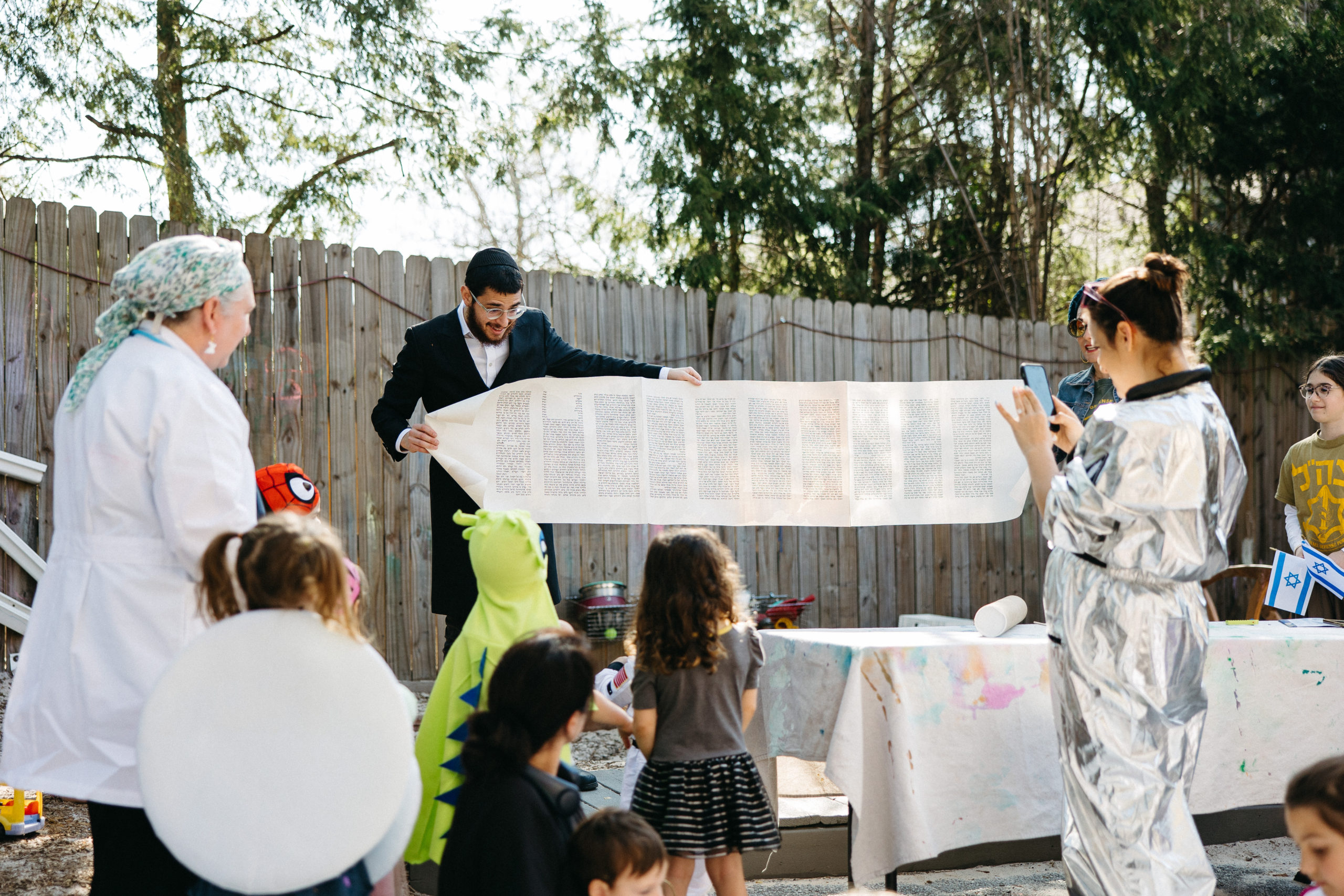

Why do men and women sit separately?
















The prayer endeavor is a deeply personal journey of introspection. It is a time to connect to our inner core, our deepest self. Although we often attend as a family, the act of prayer is not a family or a social affair. Prayer is an endeavor that requires concentration. To facilitate this and to minimize distraction men and women sit separately during prayer services.












